Hosted by
Building technology
All Books
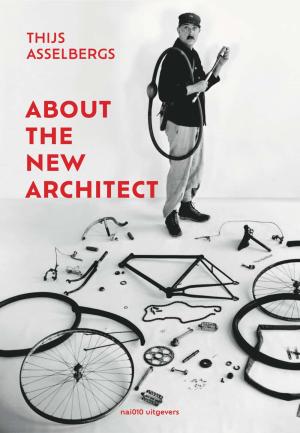
With over 40 years of experience as a lecturer, architect and driver of architectural policy, Thijs Asselbergs looks ahead in About the new architect. In response to conversations with students, Asselbergs shares his personal perspective on the profession and explains how ‘the new architect’ should be shaped.
In 2008, when Thijs Asselbergs had just taken up his position as professor at Delft University of Technology (TU Delft), the investment bank Lehman Brothers collapsed. It...
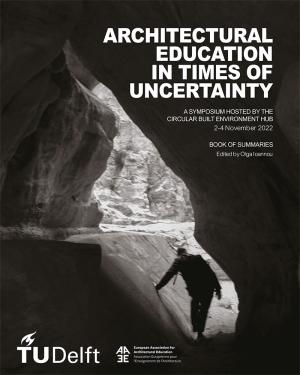
Architecture and, by extension, architectural education are severely challenged by the scale and magnitude as well as the complexity of current criticalities. The climate breakdown, the loss of biodiversity, and the impending resource depletion call for a radical rethinking of what is inherent to architecture, but also of how architecture relates to the economy, society, and nature. The certainties our profession has long relied upon are becoming less and less convincing. Technology alone...
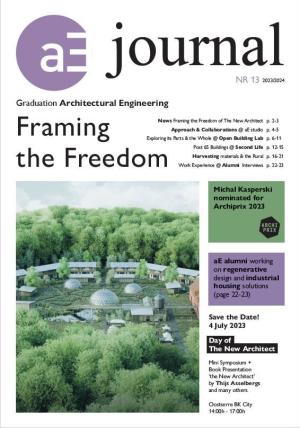
Architectural Engineering Graduation Studio (aE Studio) started 15 years ago. It was intended as an architectural design studio for master student with a technical fascination. It started in 2008 from the department that was then still called Building Technology. Bouwkunde and bouwkunst coincide. If technology is the answer what is the design question? The basis is formed by optimal integration of climate design, structural design and building physics, including the increasingly strong...
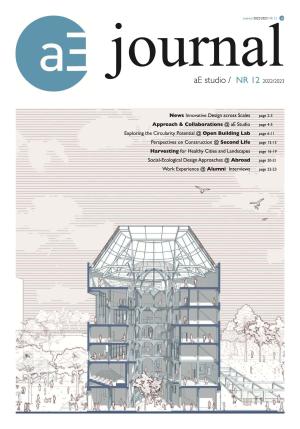
In the Architectural Engineering graduation studio we are looking for innovative solutions in engineered architectural design, while encouraging students to explore their role as architects in facing today’s challenges. Understanding existing potentials, knowing the possibilities of renewal and discovering how to design, innovate and initiate change are central themes in the aE/Intecture graduation studio. Under the guidance of a team...
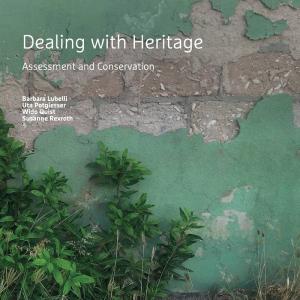
It is an honor to introduce this book, which brings together a number of very important aspects of the restoration architect's profession, with this short statement.
Dealing with heritage requires that the restoration architect makes well-considered and definable choices. It should not only be about conservation, but attention must and may also be paid to making heritage future-proof. When it comes to making heritage future-proof, we still stand at the start of a major...

Bij de presentatie van de Europese Waterstofstrategie in juli 2020, vroeg een journalist of deze technologie niet ‘besmet’ was, wijzend op wat er gebeurde toen de mens de vorige keer probeerde dit gas te benutten. Het is duidelijk dat de technologie ver is gekomen sinds de ramp met de Hindenburg. Waterstof heeft nu een groeiende schare aan fans — en terecht.
Een groot deel van de energietransitie is gericht op directe elektrificatie. Maar voor sommige sectoren, zoals staal, cement,...
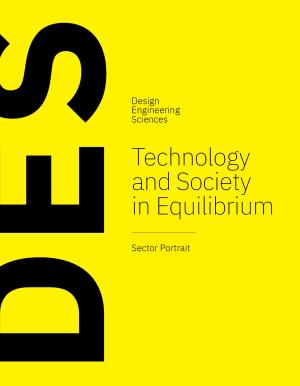
This sector portrait of the design engineering sciences describes the common denominator of the various design disciplines in the Netherlands. In a future sector plan, the above investment areas will be further explored and purposefully developed.
The implementation of technological innovations aligned to societal issues encompasses a design challenge. This increasingly demands science-based design methodologies. The broad Dutch design landscape can fulfil the role of connector...

The research of TU Delft’s Faculty of Architecture and the Built Environment (Faculteit Bouwkunde) covers the full spectrum of design, engineering, planning, and management of the built environment. Its research portfolio comprises the research that is conducted by four departments:
- Architecture
- Architectural Engineering + Technology (AE+T)
- Management in the Built Environment (MBE)
- Urbanism
The faculty’s research focusses...
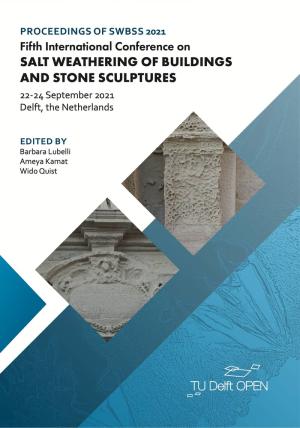
These proceedings report on the 5th edition of the conference, after Copenhagen (2008), Cyprus (2011), Brussel (2014) and Potsdam (2017), and it is the first time the conference is held in hybrid form, due to the COVID-19 pandemic. It is a challenge to organize an event in such an uncertain situation and to make it as attractive and interactive as the previous editions. We hope to meet your expectations!
I’m very glad, that despite the situation, the interest for the...
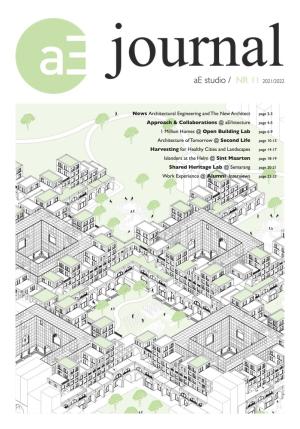
Does architecture still belong to the architect?
Building is getting more and more complicated. Today an architect must be able to work across multiple disciplines. A new generation of architects attach less importance to ‘authorship’. Do architects see themselves as independent consultants any longer? They increasingly act as entrepreneurs who are part of a team of various disciplines and fields. Responsibility for a building or work of art is borne by several parties instead of...
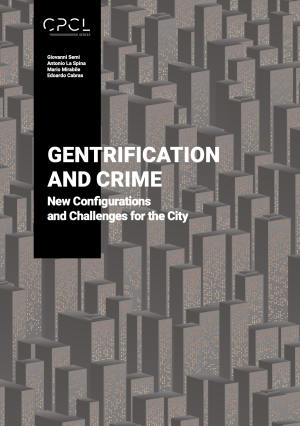
This volume is the editorial product of the project “Gentrification and Crime. New Configurations and Challenges for the City” started by a public conference held on May 6, 2019 at the Municipal Historical Archive of Palermo. This event was organized by Locus and endorsed by private and public bodies. During the conference, four presentations were given by distinguished academics of main fields investigated: Giovanni Semi, Marco Picone, Adam...
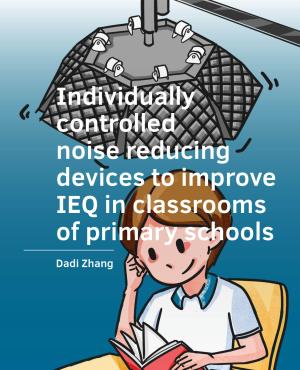
It is well-known that the indoor environmental quality (IEQ) at schools affects the health, comfort and performance of school children. Considering the need for a more effective way to improve both the IEQ in primary school classrooms and children’s satisfaction, along with the positive potential of individual control, this thesis aimed to propose a new way - individual control - to improve the IEQ in classrooms of primary schools and to increase children’s satisfaction in the...
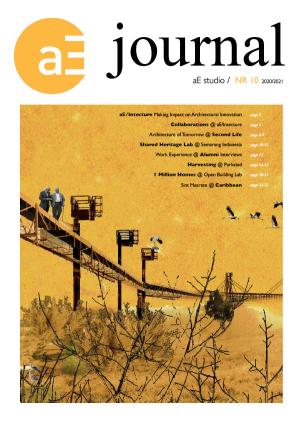
In our Architectural Engineering program we seek innovative and inspiring architectural solutions for environmental and societal issues. We are driven by the need to think differently about our building culture. Understanding existing potentials, knowing the possibilities of renewal and discovering how to design, innovate and change are central themes of Architectural Engineering. Focus areas are circularity, climate design, digital manufacturing, product design, material research,...
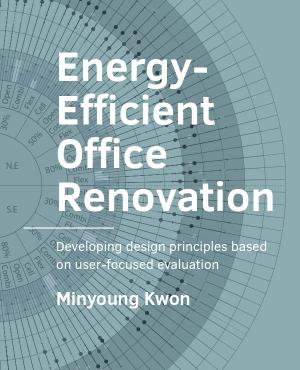
This research aims to develop user-focused design principles for energy-efficient office renovations. The goal of this is to improve the quality and comfort of workspaces without compromising on energy-saving goals. Due to increasing sustainability requirements, new ways of working and changing office user preferences, there is a growing need for office renovations that not only deal with the energy performance and the replacement of building facilities, but also the occupants’ health and...
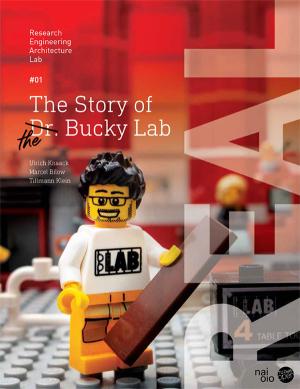
A book about a university docent and one of his courses — why would you do that? And what is the academic impact?
The question of impact, especially as it relates to the rapidly developing culture of publications in scientific journals, should be the topic of a separate discussion. With all of the related advantages and disadvantages it could fill an entire book — however, not this one. And yes, buildings do impact the user, the environment and the planner — those already active in...
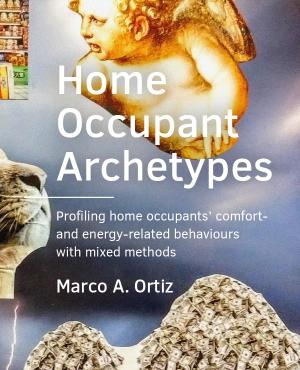
This research is aimed at better understanding how occupants use energy in their homes from a comfort-driven perspective, in order to propose customized environmental characteristics that could improve the occupants’ comfort while reducing energy consumption. To propose such bespoke environmental features and feedback, occupant archetypes were produced based on the intentions and motivations behind comfort behaviours. Building upon the aim of this thesis, the following main research...
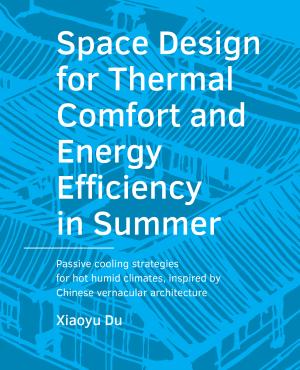
Passive cooling for thermal comfort in summer is a big issue in low-energy building design. An important reason is global warming because global warming increases the number of cooling degree days. In addition, the energy demand of buildings has increased rapidly due to both the improvement of living standards and the globalisation of modern architecture. And finally, cooling a building is especially a challenge in countries where few resources are available. Passive cooling techniques,...
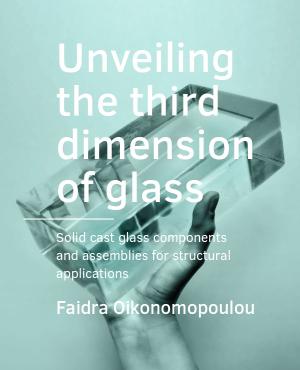
Glass as a material has always fascinated architects. Its inherent transparency has given us the ability to create diaphanous barriers between the interior and the exterior that allow for space and light continuity. Yet, we are just starting to understand the full potential, properties and characteristics of glass as a material. Only in the last decades did we discover the structural potential of glass and started to use it, besides as a cladding material, also for load-bearing...
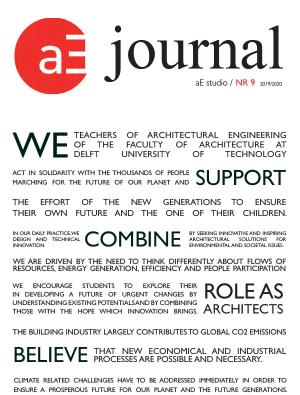
With a little help from my friends
What would you think if I designed a new world, would you stand up and join me? Lend me your knowledge and I’ll design you a place that can help to make a better world.
In 1967 the Beatles made a song in which they asked each other questions: ‘with a little help from my friends’. They helped each other to find out topics about life and love.
In 1966 the architect Cedric Price made the provocative statement often used by aE:...
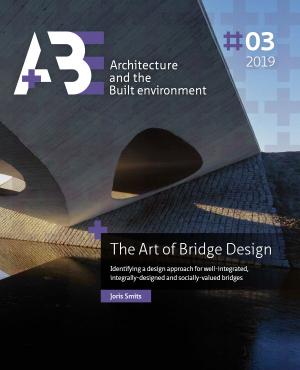
Early 2017 I read an old book that shed a new light on the writing of this dissertation. At that time I had been working on my dissertation on and off for over five years and the end was not in sight. Ever since I took a part-time position as a lecturer in 2012, I had been engaged in a balancing act between two busy jobs, having one foot in the academic world and one foot in practice as an architect and designer of bridges. At first, teaching and working with students gave me a lot of...
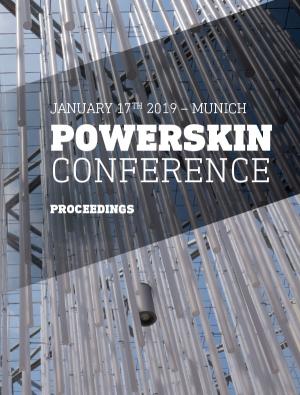
The building skin has evolved enormously over the past decades. Energy performance and the environmental quality of buildings are significantly determined by the building envelope. The façade has experienced a change in its role as an adaptive climate control system that leverages the synergies between form, material, mechanical and energy systems in an integrated design.
The PowerSkin Conference aims to address the role of building skins to accomplish a carbon neutral building...
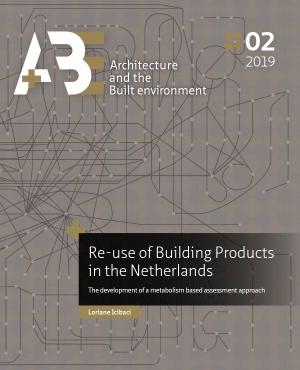
Over the years, the consumption of materials for construction exceeded more than half of the total materials consumed in the Netherlands, and construction waste exceeded the volume of solid waste produced by households. Since the introduction of the "Ladder van Lansink" (in the 1970’s) and the further development of the European Waste Framework Directives followed by the Circular Economy concept, waste prevention has been considered a priority measure. Whereas the goals to improve waste...

Adaptive building envelopes can provide improvements in building energy efficiency and economics, through their capability to change their behaviour in real time according to indooroutdoor parameters. This may be by means of materials, components or systems. As such, adaptive façades can make a significant and viable contribution to meeting the EU´s 2020 targets. Several different adaptive façade concepts have already been developed, and an increase in emerging, innovative solutions is...
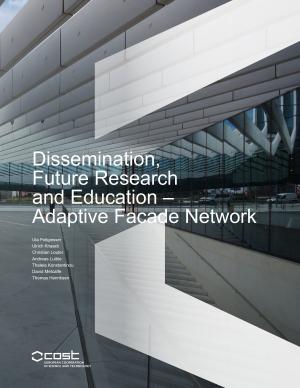
This booklet is one of three final documentations of the results of the COST-Action TU 1403 ‘ADAPTIVE FACADE NETWORK’ to be published next to the proceedings of the Final COST Conference ‘FACADE 2018 — ADAPTIVE!’ and a Special Issue of the Journal of Façade Design & Engineering (JFDE).
While the proceedings and the journal present current scientific research papers selected through a traditional peer review process, these three final documentations have another focus and...
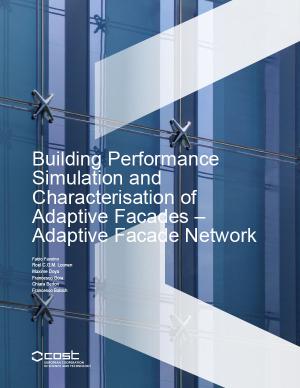
The book “Performance Simulation and Characterisation of Adaptive Facades” responds to the need of providing a general framework, standardised and recognised methods and tools to evaluate the performance of adaptive facades in a quantitative way, by means of numerical and experimental methods, in different domains of interest. This book represents the main outcome of the activities of the Working Group 2 of the COST Action TU1403 Adaptive Façades Network, “Components performance and...
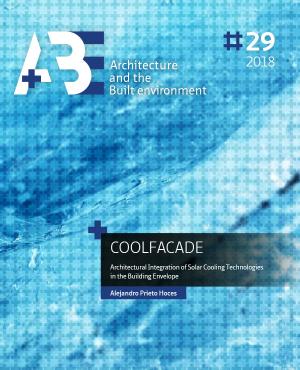
The thesis ‘COOLFACADE — Architectural integration of solar cooling strategies in the building envelope’ aims to shed light on the possibilities and constraints for architectural integration of solar cooling systems in façades, in order to support the design of climate responsive architectural products for office buildings as self-sufficient alternatives to conventional air-conditioning systems. Increasing cooling needs in the built environment present an important and complex challenge...
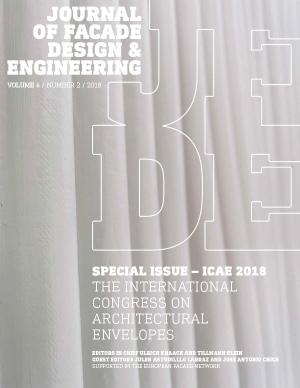
Special edition in collaboration with the International Congress on Architectural Envelopes (www.icae2018.eu), which is organise devery 3 years in San Sebastian (Basque Country, Spain).
The eleven articles found in this issue were carefully selected from 50 abstracts that will be presented during the scientific section of the congress. The final selected papers were subjected to the regular double-blind review process of the journal.
With this selection of papers, we want...

The ne-xt facades conference is the official International Mid-term Conference of the European COST Action TU1403 ‘Adaptive Facades Network’, an international scientific cooperation with the aim to harmonise, share and disseminate technological knowledge on adaptive facades on the European level. During the mid-term conference first results are presented to stakeholders from industry and design and to the public. The goal is to share knowledge and discuss novel facade concepts, effective...
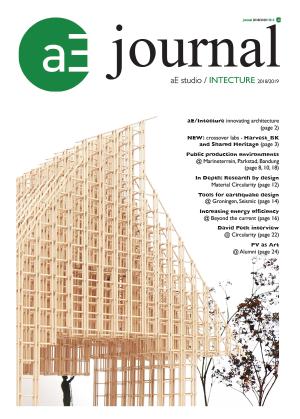
Driven by the need to think differently about resources, energy, power generation, the choice of materials, and user involvement, we see the built environment in a new perspective. The program, Architectural Engineering, seeks for innovative and inspiring architectural solutions for social and environmental issues throughout all scales.
To achieve this, innovation of the architectural challenge is high on our agenda. Innovation is more than just a technical improvement. How do you...
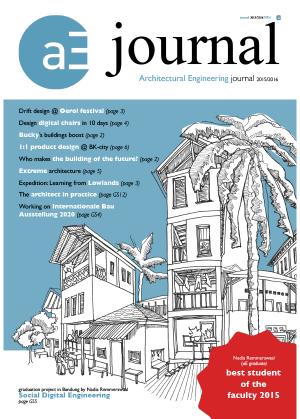
What influence does the architect have in the future? Who is the master builder of the future and is the profession definitely going towards being an architectural stylist employed by the creative or construction industry? And if the architect no longer has a dominant position, is he therefore sliding into ‘the middle of the road’: making buildings and environments with a dull, mediocre quality, mostly only obliging the feeble wishes of consumers, and where experimentation and progress can...
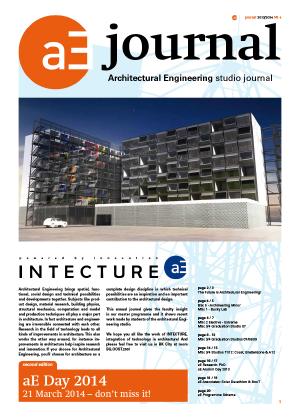
In the early 80s, I graduated at the department lead by Professor Jaap Bakema, the man that coined the term ‘van stoel tot stad’ (from chair to city). It offered me insights into the gradations of scale and different disciplines that characterize the building industry. These different levels of scale and disciplines are also at the foundation of my two-fold experience with building practice of the past decennia: that of architect and that of booster of architectural policy. This experience...
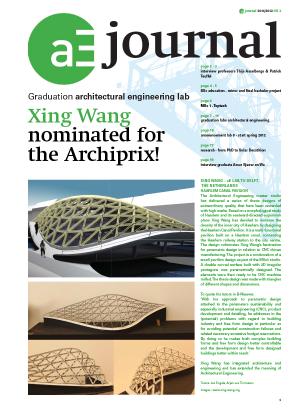
In 2008, the chair of Architectural Engineering welcomed two new professors. From the start Patrick Teuffel and Thijs Asselbergs put a strong emphasis on integration. As such, integration of technology and architecture would be the key theme running through the studio. Three years later, how has this vision held up?
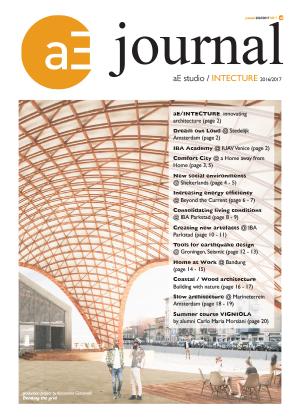
The graduation studio of Architectural Engineering focuses on the integration of (new) technology in architecture. For this purpose, the name aE/ INTECTURE® was devised, which will be developed further as a brand in the coming years. Students start with a technical fascination and translate this into an architectural concept, finally being able to implement this within the environment in a responsible way. ‘If technology is the answer, what is the question?‘ Under the guidance of a team...
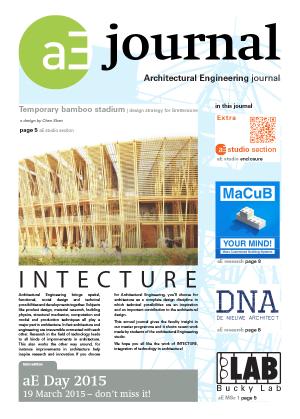
Architectural Engineering brings spatial, functional, social design and technical possibilities and developments together. Subjects like product design, material research, building physics, structural mechanics, computation and model and production techniques all play a major part in architecture. In fact architecture and engineering are irreversible connected with each other. Research in the field of technology leads to all kinds of improvements in architecture. This also works the other...
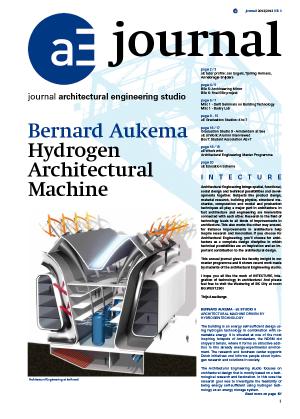
In 2012, the chair of Architectural Engineering welcomed two new tutors. Integration of technology and architecture is the key theme running through the studio. In this conversation, “eminence grise” Jan Engels and the new tutors Tjalling Homans and Annebregje Snijders express their views on the studio, on architecture and on teaching.
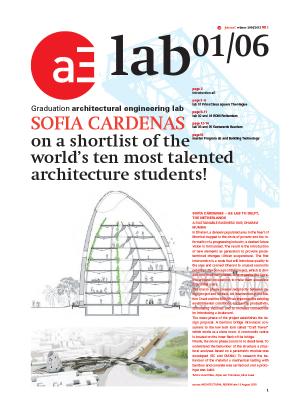
aE, Architectural Engineering teaches technology driven architectural design. It offers the possibility to graduate on a thesis design with room for technical fascinations. Since September 2008 aE has conducted graduation studios based on a set location that are extremely complex, they cover design decisions of regional scale as well as design decisions on the detail level, they let us think about the quality of the built environment in terms of urban spaces, the architecture of buildings...
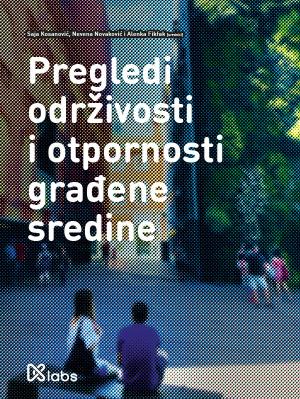
Održiva i otporna graÄ‘ena sredina je složen sistem čije se značenje kontinualno razvija. Cilj ove publikacije je da problemu održivosti i otpornosti pristupi kroz sistematsko istraživanje različitih segmenata i razmera izgraÄ‘enog okruženja, odnosno da predstavljanjem preglednih radova (poglavlja), meÄ‘u kojima je uspostavljena odgovarajuÇa funkcionalna veza, podstakne razvoj specijalizovanog znanja, podigne kritičku svest o potrebi za interdisciplinarnim i transdiciplinarnim...
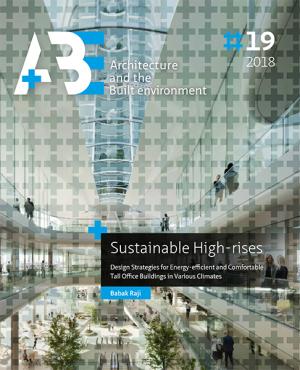
With the aim to limit the number of ineffective designs, this dissertation has investigated the impact of architectural design strategies on improving the energy performance of and thermal comfort in high-rise office buildings in temperate, sub-tropical and tropical climates. As the starting-point of this research, a comparative study between twelve high-rise office buildings in three climate groups was conducted. For each climate group, three sustainable high-rises were...
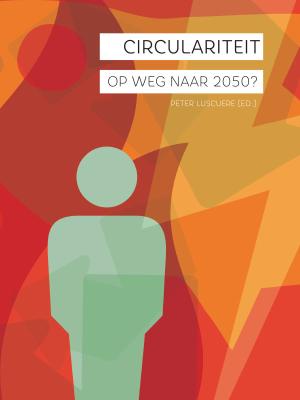
Dit boek is geschreven naar aanleiding van de ministerií«le publicatie ‘Rijksbreed programma Circulaire Economie’ uit september 2016, waarin de ambitieuze doelstelling wordt uitgesproken dat Nederland zich voor 2050 moet ontwikkelen naar een volledig circulaire economie.
Juist in deze periode waren wij, Peter Luscuere als trekker van het transitiepad Circular Economy binnen de Roadmap Next Economy voor de Metropool Regio Rotterdam Den Haag en Henk Willem van Dorp (DGA Van Dorp en...
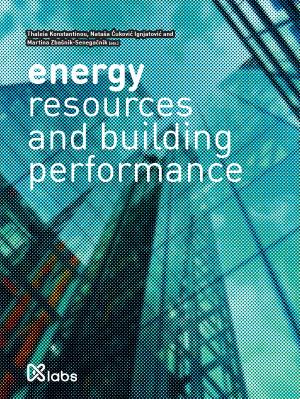
Today, humankind is completely dependent on energy. Energy is indispensable for growth and life on Earth, and it is also of key importance for living comfortably — for heating, lighting, cooling, ventilation, operation of machines and appliances, for transport, etc. The major energy-generating source is the sun, sending the energy to Earth and making life on our planet possible. This energy is free of charge and without negative effects. However, we only know how to use and convert a small...
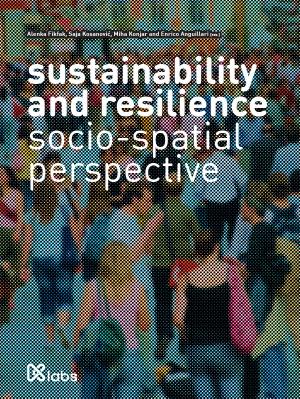
Sustainability and resilience have become indispensable parts of the contemporary debate over the built environment. Although recognised as imperatives, the complexity and the variety of interpretations of sustainability and resilience have raised the necessity to again rethink their notion in the context of the built environment and to reframe the state-of-the-art body of knowledge.
The purpose of this book is to present ongoing research from the universities involved in the...
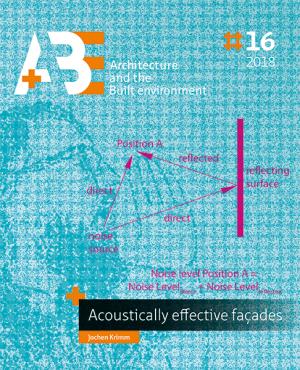
The silhouettes of the great European metropolises are characterised by a high density of high-rise facades made of glass, metal or stone. On one hand this density stands for economic power and good employment values. On the other hand, the large sound-reflecting surfaces in the cities are responsible for an increase in sound pollution in their vicinity. They cause the most frequent inner-city sound source, traffic noise, to double in perceived intensity. Direct sound and...
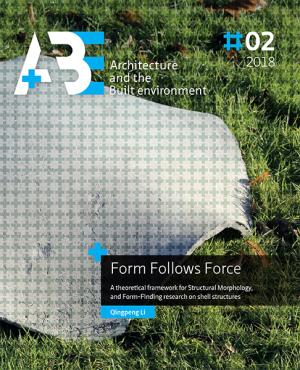
The springing up of freeform architecture and structures introduces many challenges to structural engineers. The main challenge is to generate structural forms with high structural efficiency subject to the architectural space constraints during the conceptual structural design process.
Structural Morphology is the study of the relation between form and force, which can be considered the guiding theory for this challenge. The relation between form and force is important for all...
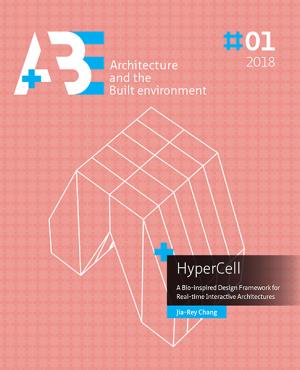
This pioneering research focuses on Biomimetic Interactive Architecture using “Computation”, “Embodiment”, and “Biology” to generate an intimate embodied convergence to propose a novel rule-based design framework for creating organic architectures composed of swarm-based intelligent components. Furthermore, the research boldly claims that Interactive Architecture should emerge as the next truly Organic Architecture. As the world and...
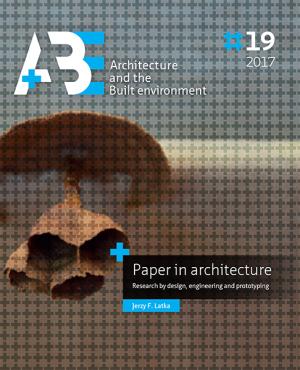
Paper is a fascinating material that we encounter every day in different variants: tissues, paper towels, packaging material, wall paper or even fillers of doors. Despite radical changes in production technology, the material, which has been known to mankind for almost two thousand years, still has a natural composition, being made up of fibres of plant origin (particularly wood fibres). Thanks to its unique properties, relatively high compression strength and bending stiffness, low...
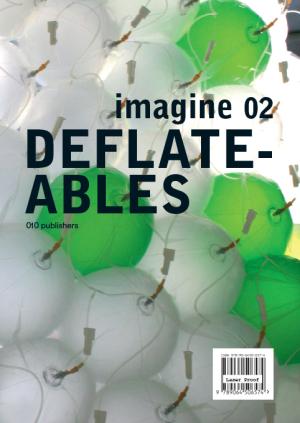
Pneumatic structures are thoroughly investigated and developed during the 1960s. However, the energy crisis and aesthetic developments impeded the use of these structures as a mainstream construction method. Nowadays, they are typically used in special areas of architecture and design. Deflateables concentrates on the very limited knowledge of vacuum constructions and develops a range of aesthetic, technical and functional design possibilities.
However, very few designs that use...
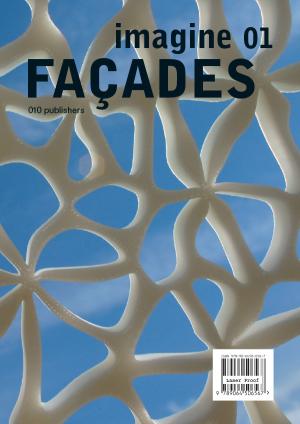
Façade technology of the 20th century is related to the dissolution of the massive wall into a separation of structure and façade. Looking at the development of façade technology, after 60 years of curtain wall systems, 30 years of element-façade systems and ten years of experience with the integration of environmental services in double façades, it can be concluded that the peak of optimisation has been reached. No further technical developments can be expected by continuing to apply...
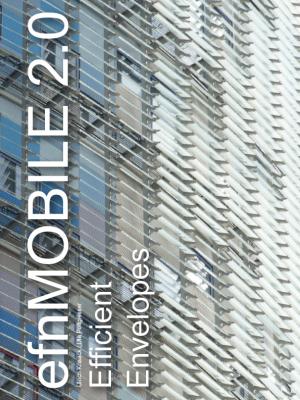
Based on the experiences of efnMOBILE 1.0 the hands-on student workshop activities and exhibitions took place in different evironments and locations encouraging new technologies and methodologies. Like efnMOBILE 1.0 the new workshop series efnMOBILE 2.0 provides the European Facade Network (efn), its conferences and the connected professional community with a local platform for communication, exhibition, innovative development and interaction. efnMOBILE 2.0 is reaching out to be developed...
